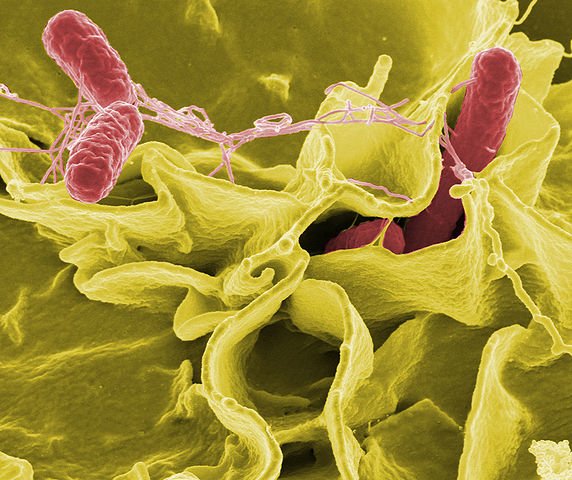One of the largest epidemics occurred during the 16th century in southern Mexico. The mysterious illness is believed to have killed around 18 million Mixtec people. The disease that had been dubbed cocoliztli throughout the historical record is now thought to have been a form of salmonella, an illness caused by food poisoning bacteria. The disease caused headaches, fever, liver damage, and even bleeding from the eyes, nose, and mouth, the historical data suggested.
Throughout history, it has been thought that cocoliztli was a disease which was brought over by the European settlers. However, scientists weren’t certain what disease could have caused those symptoms. Mixtec people weren’t immune to the pathogens that came from the ships, so high death rates were the norm.
According to new research published on Jan. 15 in Nature Ecology and Evolution, cocoliztli is not a disease that came from Europe, but was more likely a form of salmonella which affected the region. Kristen Bos, an anthropologist at the Max Planck Institute in Munich, Germany, along with her team sequenced the pathogen Salmonella enterica to be a candidate for the disease that caused a near wipeout of the Mixtecs.
“In the past when we have looked at infectious disease in archeological material, we’ve had to have had a particular candidate in mind,” Bos was quoted by Quartz.
Bos and her team had to go through the samples of 10 unearthed bodies which had died by the mysterious form of salmonella. There were no clues left on the body, except for small “pieces” of DNA located deep in the tooth enamel.
Scientists used MALT (metagenomics analysis alignment tool) which is an algorithm that has the data on known microbial genomes, and can be used for matching individual fragments of DNA.
“It was an analytical technique that was really the game-changer for us,” Bos explained to NPR.
“It’s like picking up a puzzle piece, and then matching it to the original box it came from,” Bos said, as reported by Quartz.
The scientists found samples of soil bacteria but also the evidence of S. enterica, thanks to MALT. Then they used traditional DNA analysis to verify that S. enterica was present in the unearthed bodies.
This deadly form of salmonella spreads through food or water which has fecal matter in it. Bos told NPR that the historical records reveal that there were also Europeans who were getting infected from cocoliztli and they couldn’t figure out what the disease was.
“There have been different schools of thought on what this disease was. Could it have been plague? Could it have been typhoid fever? Could it have been a litany of other diseases?” she told NPR.
“We can’t say definitively that the epidemic is caused by this particular pathogen, we can say it’s a strong candidate,” Bos said according to Quartz.





